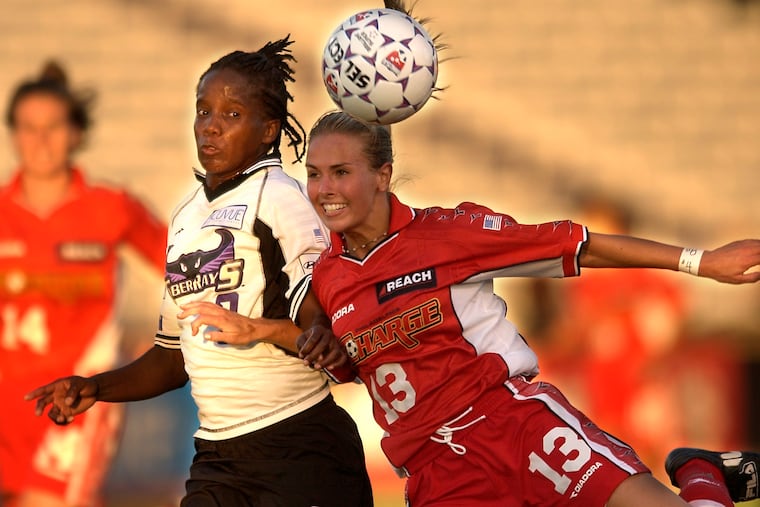Looking back at the Philadelphia Charge’s first season, 20 years after pro women’s soccer’s arrival here
Former stars Heather Mitts and Marinette Pichon and manager Mark Krikorian reflect on a team that drew big crowds to Villanova Stadium and helped launch a new era of soccer locally and nationally.
